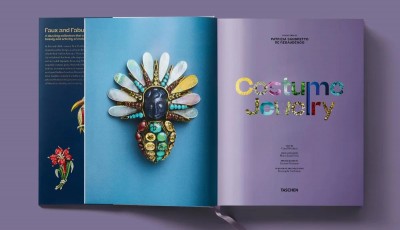Federorafi: “Solid Export Performance, but 2025 Will Bring New Challenges”
Claudia Piaserico, President of Confindustria Federorafi, comments on the sector’s export figures with cautious optimism, while also highlighting the critical issues that may weigh on the industry over the course of the 2025
In 2024, the Italian gold, silver, and jewelry sector continued to ride the upward trend that emerged at the end of 2023, consolidating export growth. This is confirmed by data from the Confindustria Federorafi Research Center, based on Istat figures. Exports reached €15.5 billion, marking a year-on-year increase of over 41%. The surge was largely driven by high precious metal prices — with gold up 23% and silver up 21% — and by the exceptional performance of Turkey, which alone accounted for 34.5% of total exports, despite involving fewer than 3% of Italian companies in the sector. Imports, on the other hand, fell by 8.1%, pushing the sector's trade surplus to €13.2 billion, up 55.9% compared to 2023. However, when price fluctuations are excluded, the picture appears less buoyant. In terms of volume, exports of finished jewelry rose by just 0.7%, and without the impact of Turkey, which saw a 150% increase in volume, the growth figure would turn negative. Among the top export markets, the United States ranks second after Turkey, with €1.4 billion in exports but a 6.6% year-on-year decline. Switzerland follows, down 15.1%, signaling a slowdown in the luxury segment. The United Arab Emirates gained ground with a 10.6% increase, while France rounds out the top five. On a regional level, Arezzo tops the export district ranking, posting a remarkable 119.3% increase to €7.7 billion, largely thanks to flows toward Turkey. Vicenza follows with +14.9%, ahead of Milan and Alessandria. Naples and Caserta reported marginal growth of just 1%. Claudia Piaserico, President of Confindustria Federorafi, confirms that the figures align with expectations, but she warns that growth is largely inflated by raw material prices, and in terms of physical volume, the sector is only slightly above 2023 levels. The real concern, however, lies in U.S. tariffs: “The escalating trade tensions, with a real risk of tariffs rising from 10% to 25–28% as of July 9, could severely impact the sector. SMEs, which make up nearly all of the 7,000 companies in the industry, cannot sustain this level of pressure,” she explains. Raw materials can account for up to 90% of a jewelry item's final price, meaning that duties applied to the full value disproportionately erode company margins. The repercussions on the U.S. market could be significant. A simple 5-gram 18kt gold chain, currently sold at around $440, would need to be priced at $640 to maintain the same margins, a 45% increase that would be difficult for the average American consumer to absorb. Confindustria Federorafi has opened a dialogue with the Italian government and the Ministry of Foreign Affairs, hoping that diplomatic efforts and support measures can help mitigate the blow. Otherwise, there is a real risk that Italian jewelry, long valued for its quality and design, could become unaffordable even in one of its most loyal markets.






